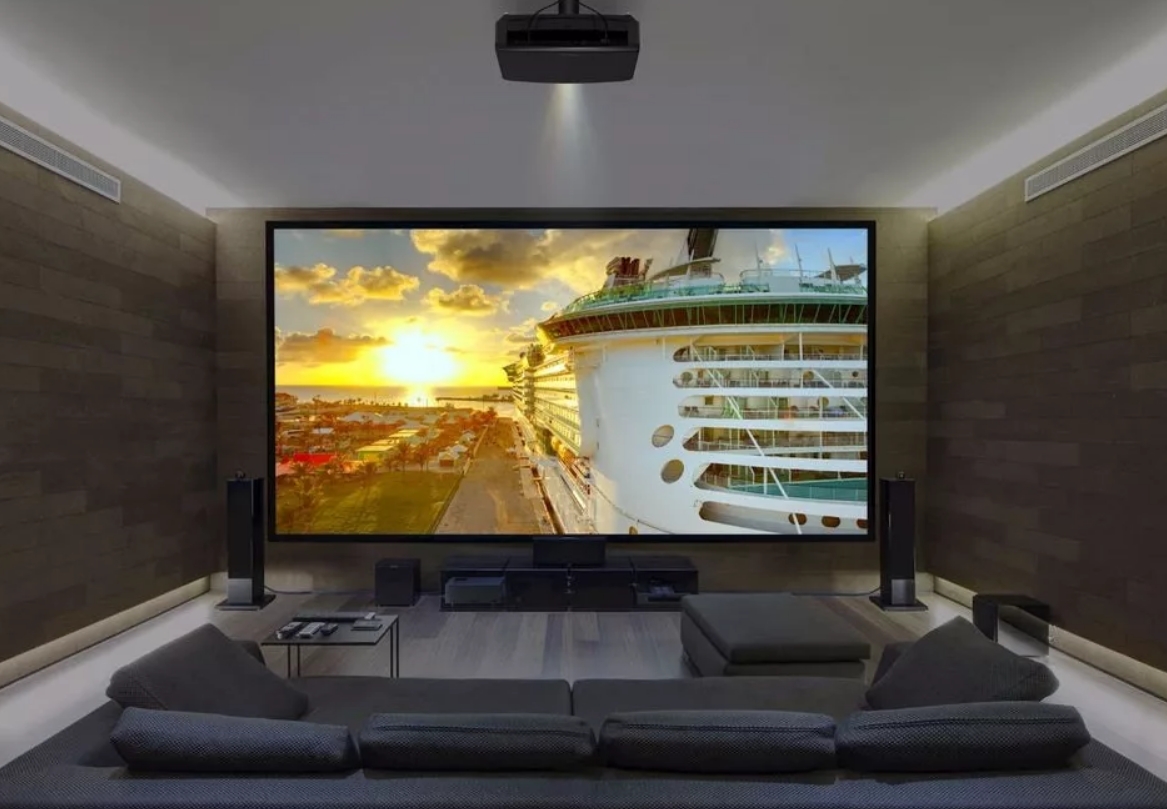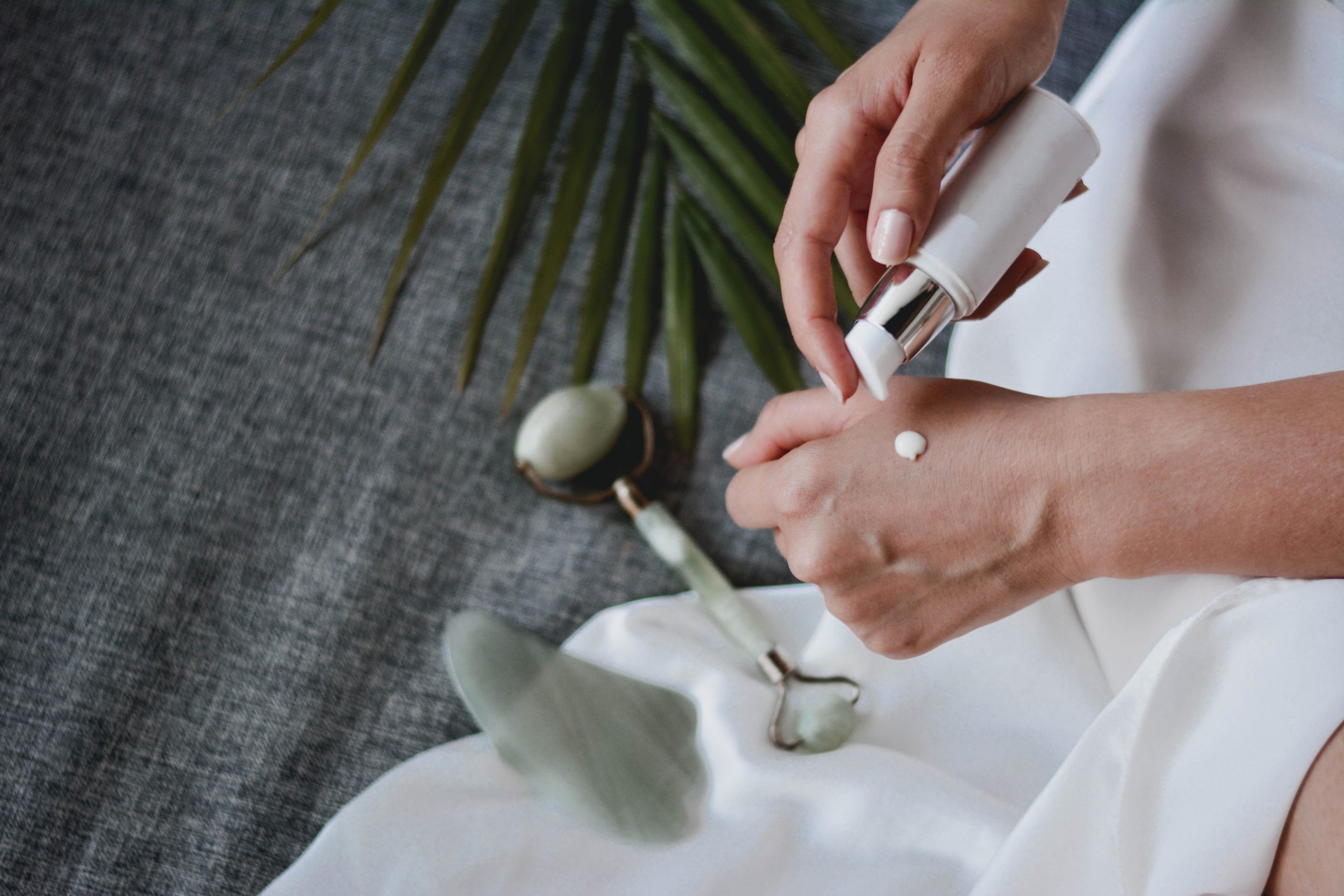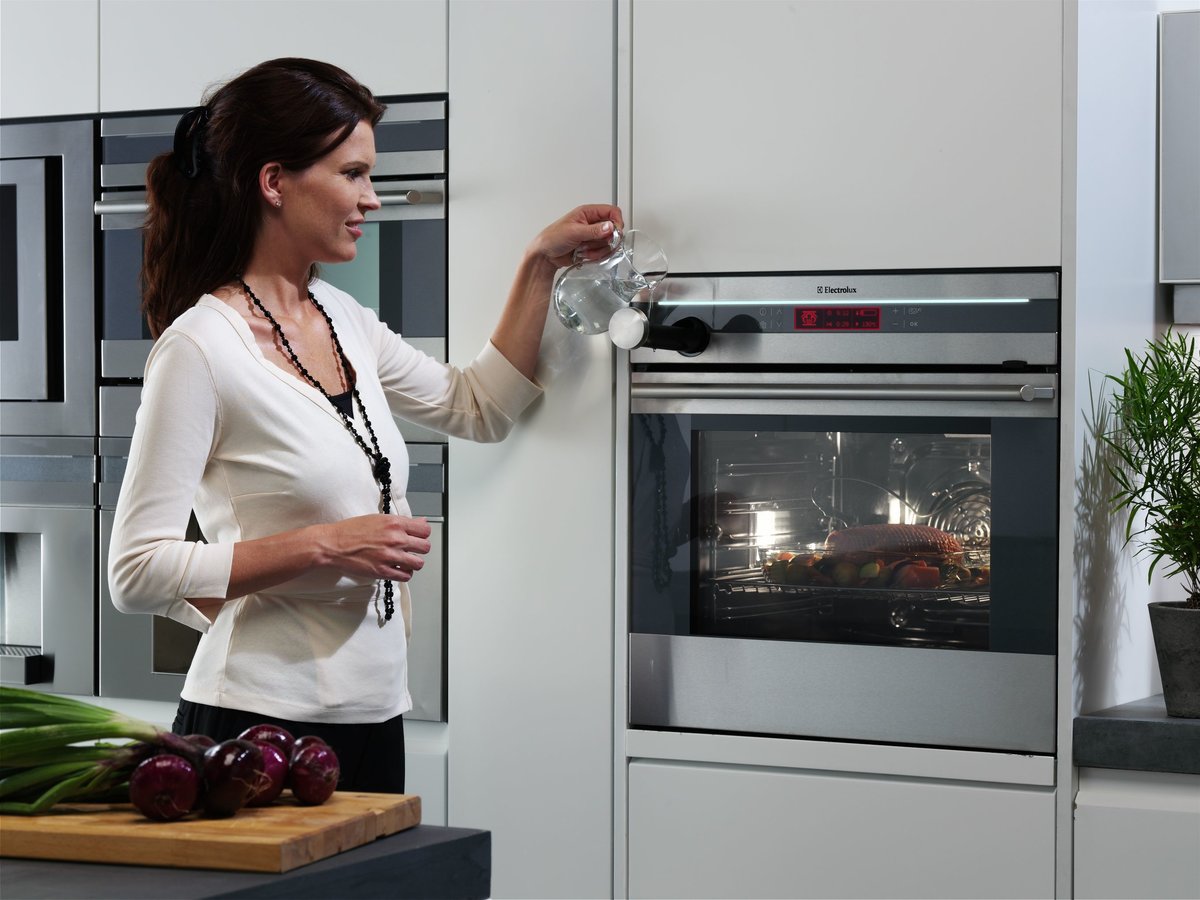Huawei P20 lite (2019) - advantages and disadvantages
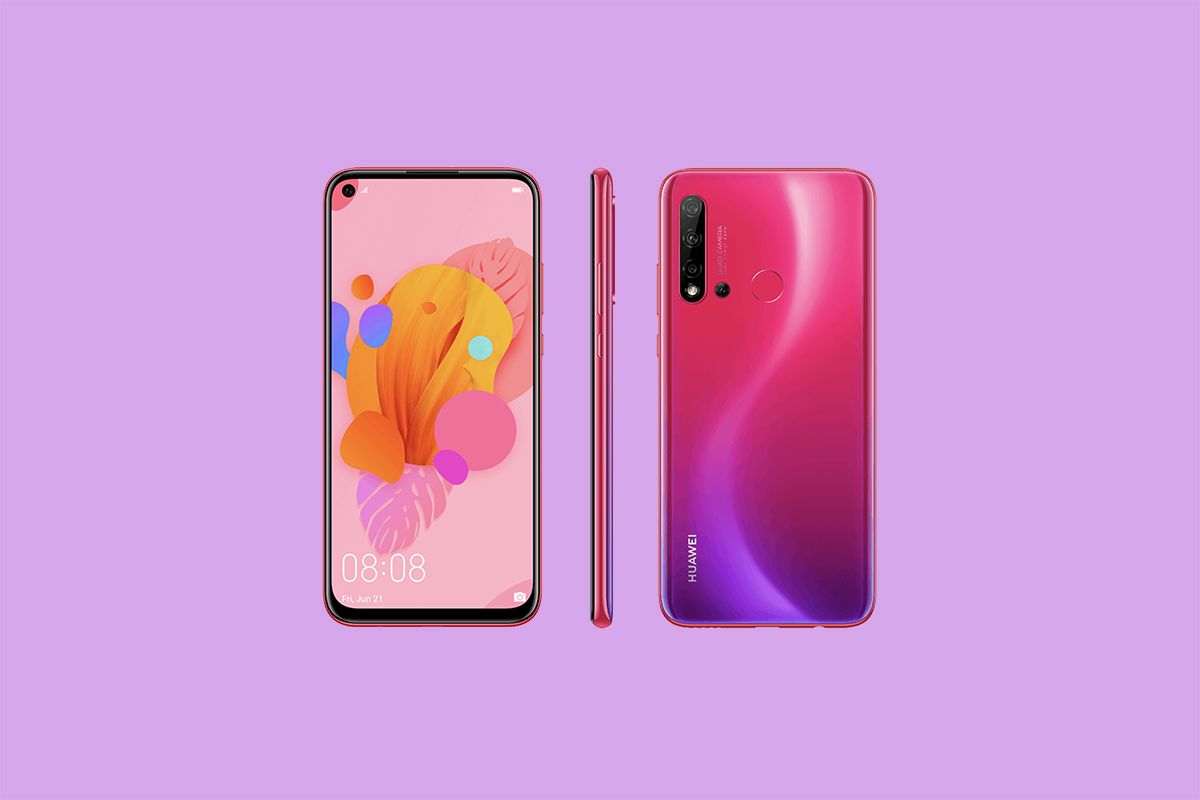
The Huawei brand is quite popular in the domestic market. And this is not surprising, since the company produces high-quality and inexpensive telecommunication systems. Recently, the manufacturer introduced a new product for 2019 - the Huawei P20 Lite (2019) smartphone, which has its own advantages and disadvantages. Specialists and fans of the brand immediately noted the external resemblance to the 2018 Huawei P20 Lite model. Indeed, they are partially similar, but only externally. They are distinguished not only by weight, dimensions and size of the display diagonal. For the production of each, the developers used different hardware stuffing with their own characteristics. In this article, we will consider the features of the new device and its differences from last year's prototype.

Description of Huawei P20 Lite
The first thing that catches the eye of the average layman is a large, frameless screen with a small cutout for the front camera. It creates the general background of the design. The developers decided not to be smart with the design and simply placed the hardware stuffing in a plastic case. With this model, it worked, it gives the impression of an expensive phone.
Compared to last year's version, it has become larger, which affected its weight - 178 versus 145 grams. However, experts attribute the increase in mass to an increase in the number of cameras. He received four modules for the rear area in a combination of 24, 8, 2 and 2 megapixels. The battery capacity has also been increased to 4000 mAh. But the weight gain is practically not felt, since it is only a few tens of grams. But improved ergonomics, the device fits comfortably in any type of palm.

The body is made of glass and plastic. There is a 6.4-inch display in the front part, a cover covers the back of the microcircuit. Protection against moisture and dust performed at the proper level. There are holes through which they easily fall, but this is not critical, since there are cases. Their users will always purchase from the store as needed.
It is also necessary to note the material of the back cover. To the touch it seems that it has a glass coating. Upon closer inspection, it also seems that this is it. However, the manufacturer never talked about it. What gives gloss to the body is still a mystery to many experts.
Such a gloss on the outside is embarrassing and gives the impression of a slippery gadget that will surely slip out of your hand. Thanks to clever design, this does not happen. It sits confidently in the hand, as small grooves are added on the sides, which you automatically take while using the phone.
This feature is characteristic of the entire P20 line.
On the back, there are four camera modules with LED flash. Nearby is a fingerprint sensor.
The selfie sensor is located on the left side of the screen. In the variant of this model, a small hole is made for it, while in other versions, the entire upper part of the device is completely allocated in the form of a cutout for the module and the flash. On the side is a slot for one or two SIM cards. It depends on the build. On the right are the volume and power buttons. Bottom USB connector and 3.5 mm.
The exterior color palette includes:
- black;
- blue;
- red.
There is a gradation of shades, which additionally gives the device charm. One gets the impression that an expensive flagship is in the hand, and not a budget smartphone model. Pleasantly pleased with the color reproduction and realism on the display, the total number of shades is 16 million. There is an FM radio, which will please music lovers and fans of listening to the news.
Specifications
| Name of parameters | Meaning |
|---|---|
| Dimensions, mm | 159.1x75.9x8.3 |
| Weight, gr. | 178 |
| Support for cellular technologies | GSM/HSPA/LTE |
| Screen | capacitive on a matrix with liquid crystals, touch LEDs and polycrystalline silicon |
| Diagonal, inches | 6.4 |
| Building area, sq. cm. | 101 |
| Percentage | 84 |
| Resolution, pixels | 1080x2310 |
| Density, dots per inch | 398 |
| operating system | Android 9.0 |
| Chipset | Hisilicon-Kirin-710 |
| CPU | octa-core Cortex-A73 overclocked to 2.2GHz |
| Visualization Accelerator | Mali-G51-MP4 |
| RAM, GB | 4 |
| Built-in memory, GB | 64 and 128 |
| Removable storage, GB | 256 |
| Rear camera modules, megapixels | 24/8/2/2 |
| Selfie camera | 16 |
| Wireless communications | WiFi/Bluetooth |
| Support for satellite navigation technologies | A-GPS/GLONASS/BDS |
| Near Field Communication (NFC) | present in domestic models |
| Battery, mAh | 4000 |
| Cost, rub. | 20500 |
Screen
Manufacturers have introduced a smartphone to the market with seasonal notches on the screen, which are loved by many users, occupying the minimum space in relation to the total area. The display diagonal is 6.4 inches. The resolution corresponds to the full-format video and photo standard of 1080x2310 pixels with a density of only 398 dpi. He added in dimension, but lost in color rendering ability.
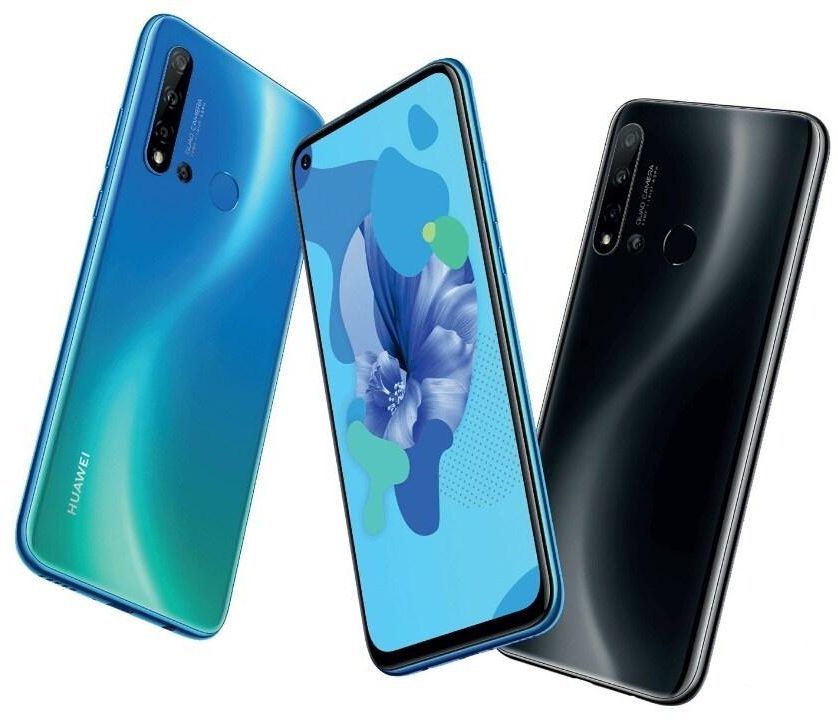
Laboratory measurements of brightness by specialists showed a brightness of 480 nits and a contrast ratio of 1785:1. With these settings, the user can be sure that the screen will clearly show images at night and in direct sunlight. Even with average measurements, this number is sufficient to eliminate doubts about the appearance of glare.
But even on the brightest day, it reproduces colors accurately and with a maximum white point. The black-and-white gradation is distinct, without glare and dimming, even in the default mode. There are several ways to adjust the color rendition: from cool tones to rich brights.
Visualization of images is of high quality, which is typical for models of graphics accelerators of the Mali family. Even at low density, all 16 million colors are rendered with stunning realism. Such displays are well suited for online games. Textures are accurate with no dead spots or freezes. There is no certainty that it will handle complex games, but the chipsets of this series have good cooling and a high acceleration factor. Due to the synchronization of processes, all operations are performed in stages, but the user will not even notice it. The speed of response to touch is literally a fraction of a second.
Battery
The device is powered by a 4000 mAh lithium polymer battery. Unlike previous models, it does not have a fast charge of 22W, the maximum power that it can give out is only 18W. Still, it's better than nothing at all. Experts in the field of electronic technology conducted tests where the phone showed 30% in just half an hour, 100% in two hours.
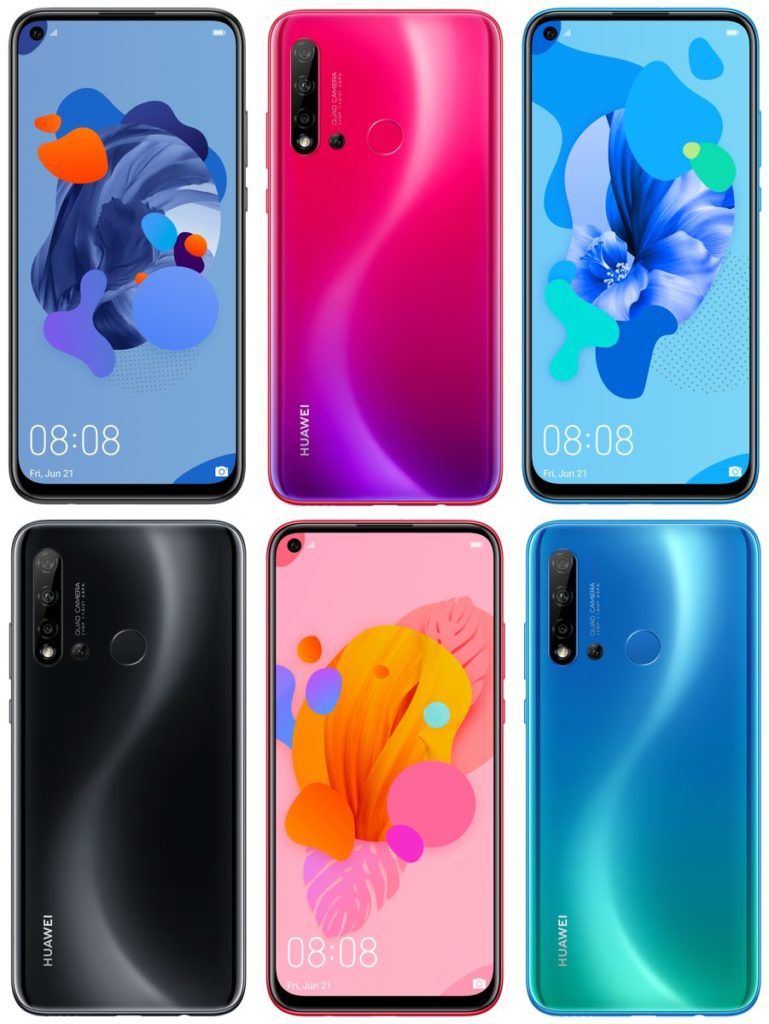
They were a bit surprised because they didn't expect such a result from 18W charging. However, as they later found out, the power rarely exceeds the limit of 10 watts. It stably keeps at this mark and rarely reaches the mark declared by the manufacturer. In some cases it was that the level reached 19% in thirty minutes, and the full filling occurred in three hours. This behavior is associated with power surges, otherwise it cannot be explained.
As for the duration of work, the smartphone holds a charge for 77 hours in normal operation. Only this model of this line has such an indicator, even the P10 Pro functions for only 48 hours. Long autonomy is affected not only by capacity, but also by hardware firmware. The P20 has EMUI 9.1 installed. It has a high energy saving capability.
The testing included not only telephone conversations, but also surfing the Internet, watching movies and listening to songs. Experts tried to bring laboratory conditions closer to real life situations. They performed those operations that an ordinary user does regularly in everyday life.
Speaker and audio quality
The phone is equipped with one speaker, located at the bottom of the case. It showed good results during testing. The sound quality is impressive, such characteristics are typical of the P20 series.However, the sound is slightly muffled and noise appears at high volumes. All mid-range phones have this property. The voice audibility level was 66.3 dB, for noise and music - 71.5 dB, for a call - 84.9 dB. According to experts, these are very good indicators.
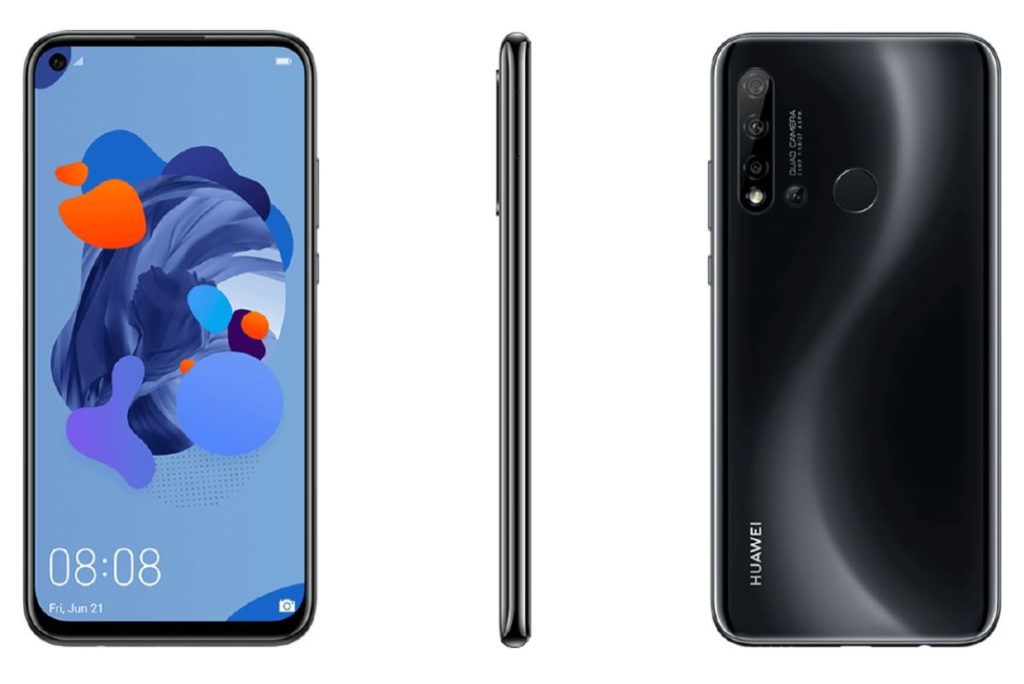
After connecting headphones to the 3.5 mm jack, the phone turns off the amplifier for the external speaker and switches to the headset. The audibility of the sound was slightly above the average. The volume is not much different from smartphones of other brands. Stereo crosstalk is off the low end, but there is some intermodulation of distortion, but the overall clarity of the sound is okay. If you use ordinary headphones with monolithic soldering to listen to music, the user will not notice interference and the sound will remain good. With a professional headset, audibility will be insufficient.
Operating system
The gadget is running Android 9.0 with an internal shell EMUI 9.1. With each version, the user interface gets better, including the internal tooling. Functionality appears that can more efficiently manage RAM, save battery power, respond to touch screen touches, including the accuracy of the coordinate positioning of the display touch.
The necessary options appear to control the operating parameters of the device, and an unnecessary pile of software disappears. Developers leave only the most necessary ones, which make life easier for the user. Working with the device becomes more convenient every time.
This version does not have a section for applications, it is a single-level interface like in iPhones. But they can be displayed using the settings.There is a search option, which is invoked by clicking on an empty space on the desktop. The shell contains the so-called screen lock log. When activated, wallpaper is randomly sampled when the display is activated.
There is also the inclusion of face recognition, smart rotation and exit from sleep mode when lifting. There is support for a large number of themes, and there are a lot of them. Some of them allow you to change icons, wallpapers and covers. With the help of the control application, the user is given the opportunity to configure battery operation, block numbers and clean up disk space. This is also where the malware removal search tools are located. The developers have installed free Avast antivirus.
Brightness adjustment is made in the standard style - using the familiar slider. Added the usual multitasking option. Holding down the Previous button splits the screen in two.
To listen to music, there is an MP3 player and FM radio. Audio is stored in the Gallery. The creators took care of the user's health, so they installed the Google fit application and the step counter. It will be useful for people who are actively involved in sports. The filling itself and the shell are designed for active people.
Performance
The 2019 version of the phone uses the Hisilicon-Kirin-710 chipset with 12nm manufacturing technology. This series of processors has become a benchmark with the expected functionality and performance. The developers decided not to deviate from traditions and put this line of processors. They have already proven themselves on the good side.
The equipment includes four Cotex-A73 cores with overclocking up to 2.2 GHz and four Cotex-A53 at 1.7 GHz. The last four perform tasks that require fewer hardware resources.Due to the synchronizer, they supplement the power of the main layers of the microcircuit. The main cores take over the complex tasks, and the simple ones are transferred to the auxiliary ones.
Of these, the Mali-G51-MP4 graphics card has only two layers. They are quite enough to cope with modern loads of object visualization. With their help, the user has the ability to run most modern active games. But experts are worried that low-quality textures and errors may well harm the accelerator.
Many experts recommend not running games with low graphics and not tested on their phones. They can do more harm than a virus. During tests, the device showed high performance in online games. There were no hangs and lags. All objects are drawn clearly with contrast. There is air cooling, so there is no heating during intensive work.
Memory
The smartphone has 4 GB of RAM and 64 or 128 internal memory. The combination depends on the version of the model. There is enough space to store a large number of photos and videos. The RAM is fast and loads swap files very quickly.
There is a slot for an external card of 256 GB. It significantly expands the possibilities of information storage media. The shell is sharpened for cloud removal of files. This service is absolutely free and allows owners of smart devices to have access to the necessary information from anywhere in the world.
Experienced users recommend using a flash drive to install programs. It is also worth moving the cache and swap area here. This will speed up the work of accessing the necessary files. However, this speed depends on the model of the external media. But in everyday life, the user will not even notice such a slowdown.It is only necessary to regularly clean it from junk files. They appear while launching applications and browsing the Internet.
To save photos and videos to external servers, manufacturers have added software from Google. They provide a certain number of gigabytes. Access to them is not limited, and the owner, having taken pictures on vacation, can view them at home already from the computer. In addition to Google, there are many other services that also provide external drives for free.
cameras
The device is equipped with a main module of 24 megapixels with f / 1.8 lenses and LED flash. It is complemented by 8, 2 and 2 MP sensors. Unfortunately, they do not have the option of stabilization and hybrid zoom. But the main sensor is equipped with autofocus. Added the function of portrait shooting with decoration elements.
The control interface is similar to previous models, here the developers did not remove or add anything. The controls are called up by touching the left or right side of the menu screen. At first it seems uncomfortable, but you gradually get used to it. Menu items include all shooting modes. This includes panorama, portrait, night shot, with a ready background, light sketch and others.
The console also has a manual mode. Here is the ISO, focus, backlight and delay up to 8 seconds. Night mode includes several shots, which are then combined into one image. The functionality is similar to previous versions of phones, but with minor improvements.
Image quality
Thanks to the high resolution of the 24 MP main camera, images during the day are saturated and have good object detail. For this class of modules, this clarity is a distinct advantage.However, under the wrong lighting, there is excessive contrast at the corner. The dynamic range is average, the noise levels are low, but intermittently create interference in the form of dot shadowing. In general, the photos are excellent.
The highest photo quality is provided by the full HDR standard. It gives rich colors and detail to objects. Experts recommend using it for special occasions. Images in this format take up a lot of space, but there is enough disk space.
In low-light shots, you can often notice distortion and blurring, as well as loss of color gamut. Photos of this quality are quite suitable for social networks, since they weigh a little.
In the light coloring mode, the phone captures a picture with preset settings into the lens and captures only the movement of lights, simulating their movement, as if driving a car. But in terms of quality, such images are inferior to previous models. A similar effect is achieved in manual mode with a delay of 8 seconds. Night shooting requires a stable surface and a 20 second delay, including a bright flash. Otherwise, the image will turn out black without clear silhouettes.
Panorama
The mode is one of the best performances of high-quality shooting. According to the principle of operation, it is an automatic switching between portrait and landscape. This model has an overlay of several images, stretched in height by 3100 pixels and with a resolution of 20 MP. In the process, the dynamic mode is activated, so moving objects are clearly visible in the pictures.
variable aperture
The extended aperture, as the developers say, uses the depth sensor from the 2 MP camera. This feature of the equipment allows the user to defocus wide apertures and reproduce the effect of simulating aperture between f / 0.95 and f / 16.
The performance of a photo in this mode differs from professional equipment, but the simulation is as close as possible in terms of pixels. To achieve a good result, the developers decided to isolate the background from the subject of photography. However, there is still some blurring of focus.
Portrait
Portrait mode combines variable aperture with embellishment. The phone simultaneously creates pictures with pronounced faces and background bokeh effects. The size of such images does not exceed 8 MP.
Recognition is not the best. This can be seen from the footprints in the background and the fuzzy silhouettes of the figures. This is not professional equipment, and such shooting features are typical for all budget phones. This quality is quite suitable for amateur photography and social networks.
Selfie
The front camera has a 16MP sensor with f/2.2 lenses. It only works in portrait mode, even without an additional module. Images are beautiful, detailed and rich in color, but not clear enough. Even with slight distortion, the colors are natural.
There is auto focus, so the camera itself finds the face of the subject being photographed. The sensor shows a good bokeh effect. He can even add embellishment elements to the face, that is, remove minor imperfections. The face recognition algorithm works flawlessly, it does its job perfectly, making the background more blurry.This method allows you to highlight the face and make it clear for recognition.
Video filming
P20 Lite series smartphone can record 1080p video at 30fps. It can record MP4 clip at 17Mbps. Audio is created at 192 Kbps, which corresponds to the standard stereo quality of 48 kHz.
Video quality meets the standards of phones in this class. However, the dynamic range is much wider than that of competing brands. Contrast and noise levels are kept at the proper level.
Reviews
I needed a budget and multifunctional smartphone. Of all the models, the P20 Light immediately attracted the attention. This is a stylish and beautiful phone. At first glance, it gives the impression of an expensive flagship. Having studied the characteristics in detail, it immediately became clear that it was suitable. It has four cameras, and the first test showed that we will be satisfied with the purchase.
I've been using it for a few months now and don't regret my purchase at all. Everything suits me. The signal quality is always good even where other brands simply lose cellular coverage. This indicates a good quality antenna module. Images are clear without distortion. In poor lighting, there is a slight blurring, but other brands turned out even worse.
Advantages and disadvantages
- attractive design;
- affordable price;
- high-quality module of several cameras with rich functionality;
- large battery capacity.
- night shooting algorithm is not well developed;
- there is no aluminum frame, as in the model of last year.
Comparison of R20 Lite 2019 and 2018
As mentioned above, the P20 Light (2019) is a modified 2018 model. The developers have updated the stuffing and added functionality.The table shows the differences in the characteristics of the two versions.
| Name | P20 Lite (2019) | P20 Lite (2018) |
|---|---|---|
| Screen diagonal, inches | 6.4 | 5.84 |
| Occupied area of the display, sq. cm. | 101.4 | 85.1 |
| Resolution, pixels | 1080x2310 | 1080x2280 |
| Chipset | Kirin-710 | Kirin-659 |
| Graphic arts | Mali-G51-MP4 | Mali-T830-MP2 |
| Internal memory, GB | 64/128 | 32/64 |
| Main camera, MP | Four-module 24/8/2/2 | Two-module 16/2 |
| Cost, euro | 280 | 220 |
The first thing that catches your eye at the first comparison is the size of the diagonal of the screen. It is enlarged 6.4 inches. A modern matrix Mali-G51-MP4 is installed, which supports high-format video. Thanks to this improvement, the quality of clips has improved.
Expanded memory up to 128 GB. The upgraded phone allows you to store more music and movies, as well as install applications. The resolution of the main camera is 24 MP compared to 16, two more sensors of 8 and 2 MP are added. One of them is monochrome. The developers used this technique to improve the clarity of images in dim light.
However, Kirin-710 loses to Kirin-659 in terms of performance. The four Cortex-A53 cores of the latest processor are capable of overclocking to 2.39 GHz, while the Cortex-A73 of the 710 version runs at 2.2 GHz. However, in everyday life, the user will not notice significant differences in performance.
Conclusion
The phone turned out to be very interesting, because it is a modified model of last year. Manufacturers have enlarged the screen, added cameras, expanded memory. The exterior design has also undergone changes - the metal frame and the cutout at the top of the screen for selfies have disappeared. Improved body ergonomics. In general, improvements on the face.
new entries
Categories
Useful
Popular Articles
-

Top ranking of the best and cheapest scooters up to 50cc in 2022
Views: 131652 -

Rating of the best soundproofing materials for an apartment in 2022
Views: 127691 -

Rating of cheap analogues of expensive medicines for flu and colds for 2022
Views: 124520 -

The best men's sneakers in 2022
Views: 124034 -

The Best Complex Vitamins in 2022
Views: 121940 -

Top ranking of the best smartwatches 2022 - price-quality ratio
Views: 114981 -

The best paint for gray hair - top rating 2022
Views: 113396 -

Ranking of the best wood paints for interior work in 2022
Views: 110319 -

Rating of the best spinning reels in 2022
Views: 105330 -

Ranking of the best sex dolls for men for 2022
Views: 104367 -

Ranking of the best action cameras from China in 2022
Views: 102217 -

The most effective calcium preparations for adults and children in 2022
Views: 102012
